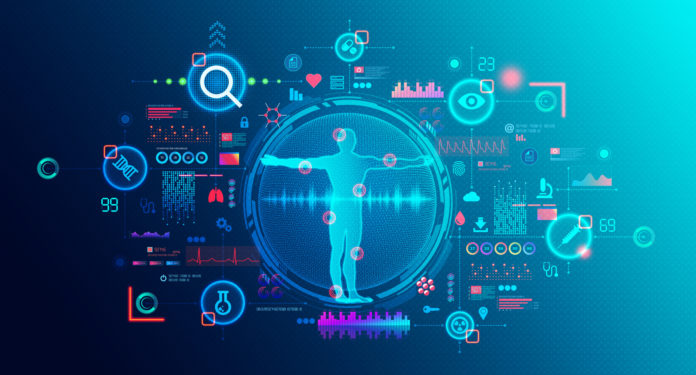
In the past decade, medical technology has significantly improved healthcare. From X-ray systems to surgical robotics to wearables, there’s no denying that technology has revolutionized how we care for ourselves and others. Let’s look at the latest technologies making healthcare more accessible, efficient, and effective.
1. Digital X-Ray Systems
X-ray systems have long been the go-to tool for doctors and nurses alike. Recent advances in X-ray technology have allowed these tools to become even more accurate and reliable than ever before.
Remarkable technologies like digital X-ray machines from Maven Imaging can now provide higher-quality images than ever before and with minimal radiation exposure. X-ray technology has come a long way. Plus, with digital processors, many digital X-ray systems provide real-time updates to patient records while storing all information securely and safely in one place for easy access.
2. Surgical Robotics
Robotics have been in the operating room for decades now. However, modern innovations have caused a massive uptick in their use for both routine procedures and complex operations.
Robotic surgery offers several advantages over traditional methods, including the following:
- improved accuracy
- reduced risk of infection
- quicker recovery times
- less blood loss or damage to surrounding tissue
- decreased scarring or other postoperative complications
Robotic surgery is becoming an increasingly popular option among patients who want to minimize their risks while achieving better outcomes than traditional methods.
3. Telemedicine
The rise of telemedicine has allowed patients more accessibility than ever. Traditional brick-and-mortar healthcare facilities aren’t always accessible for patients with physical or financial limitations.
But thanks to telehealth, these patients can connect with a qualified doctor or specialist from anywhere in the world via video chat or phone call. Telemedicine has opened up a world of possibilities for providing quality care regardless of location or financial limitations.
4. AR and VR
Augmented reality (AR) and virtual reality (VR) are increasingly used within the healthcare industry to treat various ailments, from PTSD to broken bones.
AR can overlay digital images on top of real-life objects or body parts. For example, AR can provide healthcare professionals vital data during exams or procedures.
VR creates an immersive 3D environment where users can virtually interact with objects without leaving their homes or offices. It can give patients a safe environment to conquer phobias without any actual risk.
5. Wearables
Wearables like fitness trackers, smartwatches, and heart rate monitors are becoming increasingly popular. It’s not just for athletes but everyday individuals.
Wearables let users track vital signs such as heart rate, blood pressure, sleep patterns, etc. They allow users to stay up to date at all times.
Healthcare providers can benefit too. Practitioners gain access to invaluable patient health data, which they can use to customize treatments accordingly.
Evolving Tech, Improving Outcomes
Medical technology continues to evolve at an incredible pace, offering us new ways to diagnose and treat illnesses and injuries quickly while minimizing risks associated with treatment options like never before. From X-ray systems that provide high-quality images with minimal radiation exposure to augmented reality (AR) helping surgeons see inside body cavities during operations – medical tech innovations are revolutionizing healthcare for everyone! It’s truly an exciting time for the medical field!




